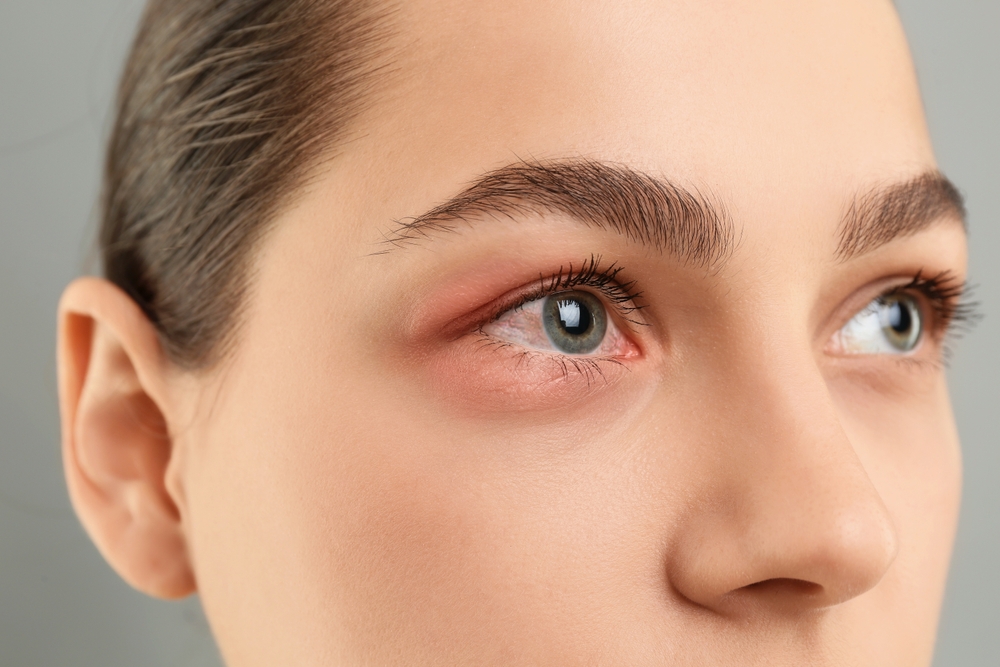
Clear vision is something many people take for granted, but maintaining eye health requires ongoing attention. Eye diseases can affect anyone, often developing quietly before any symptoms are noticeable. Understanding which eye conditions are most common can help you preserve your vision and avoid complications down the road.
What Is Eye Disease?
An eye disease refers to any condition that impairs the normal function of the eye or its surrounding structures. These diseases can develop gradually or suddenly and may affect one or both eyes. While some eye diseases are hereditary, others may be linked to aging, lifestyle, or underlying health conditions like diabetes.
Cataracts
Cataracts develop when the eye’s natural lens becomes cloudy, resulting in blurred or dim vision. In the early stages, updating your glasses prescription may improve your sight and help you manage the condition. However, as cataracts progress and begin to interfere more significantly with daily activities, surgery to replace the cloudy lens with a clear artificial one is a highly effective solution.
Glaucoma
Glaucoma is often referred to as the “silent thief of sight” because it is a group of eye conditions that damage the optic nerve, frequently due to increased pressure within the eye. Glaucoma can progress slowly and without noticeable symptoms until vision loss occurs. Management typically involves the use of prescription eye drops, oral medications, or surgical procedures to reduce eye pressure.
Age-Related Macular Degeneration
Age-Related Macular Degeneration (AMD) impacts the central part of the retina, known as the macula, and leads to a gradual loss of central vision. Managing AMD often involves lifestyle changes such as maintaining a healthy diet, avoiding smoking, and sometimes taking specific medications or receiving injections to slow disease progression.
Diabetic Retinopathy
Diabetic Retinopathy is a complication of diabetes that results from damage to the blood vessels in the retina. Managing this condition relies heavily on controlling blood sugar and blood pressure levels. Timely treatments (such as laser therapy or injections) can help prevent or minimize vision loss.
Dry Eye Disease
Dry Eye Disease occurs when the eyes do not produce enough tears or the tears are of poor quality, leading to discomfort and sometimes blurred vision. Management includes using artificial tears, prescription medications, and making lifestyle adjustments, such as taking regular breaks from screen time and using a humidifier to maintain moisture in the environment. These measures can provide significant relief and help protect the eyes from further irritation.
Why Regular Eye Exams and OCT Are Crucial
Many eye diseases develop with little or no noticeable symptoms in the early stages. Regular comprehensive eye exams are the best way to catch problems early, when treatment is most effective.
Optical Coherence Tomography (OCT) is a non-invasive imaging technology that allows your eye doctor to see detailed cross-sections of your retina. OCT helps in early detection and ongoing monitoring of diseases like glaucoma, AMD, and diabetic retinopathy before symptoms appear.
Protect Your Vision at Barrington Eye Care
Maintaining your eye health requires more than just addressing symptoms as they arise. By understanding common eye diseases and their management, you can take proactive steps to protect your vision. Regular eye exams, including advanced imaging like OCT, are essential for early detection and effective treatment.
Schedule your comprehensive eye exam at Barrington Eye Care to stay ahead of eye diseases before they impact your vision. Visit our office in Great Barrington, Massachusetts, or call (413) 528-2880 to book an appointment today.








